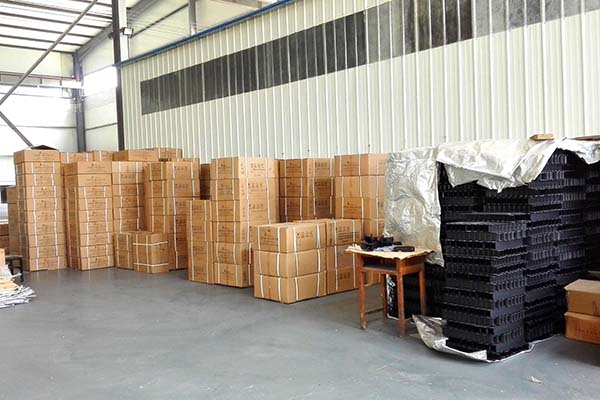Compatibility of Drag Chains for Enhanced Equipment Performance and Versatility
Understanding Drag Chain Compatibility A Key Component in Modern Machinery
In the realm of modern machinery and automated systems, the efficiency and longevity of equipment hinge on multiple factors, one of which is the compatibility of drag chains. These chains, often made of durable materials and designed to protect and manage cables and hoses, are a critical yet sometimes overlooked component in industrial design. Understanding drag chain compatibility is essential for engineers and technicians who seek to ensure optimal functionality and performance in their systems.
What Are Drag Chains?
Drag chains, also known as energy chains or cable carriers, are protective structures that house and guide cables and hoses in motion, particularly in applications involving robotic arms, CNC machines, and conveyor systems. They help maintain the organization of cables, reduce wear and tear, and protect against environmental hazards, such as dust, moisture, and chemical exposure. By minimizing the risk of tangles and damage, drag chains contribute to the overall efficiency and safety of machinery.
Importance of Compatibility
The concept of drag chain compatibility revolves around the appropriate selection and integration of cables and hoses within the drag chains themselves
. Compatibility is crucial for several reasons1. Movement Dynamics Each drag chain is designed for specific movement profiles, including bending radii, flex life, and load bearing. Cables and hoses that are not compatible with a drag chain may lead to premature failure due to kinking, twisting, or breaking under stress.
2. Space Constraints Different applications have varying space requirements. Ensuring that the selected cables fit well within the drag chain’s dimensions is essential for maintaining smooth operation without obstruction or interference.
3. Thermal and Chemical Resistance Cables and hoses come in various materials, each with distinct properties. For instance, some cables may require shielding from heat or chemicals that could degrade their insulation. Compatibility ensures that these factors are adequately addressed, prolonging the life of both the cables and the drag chain.
drag chain compatible

4. Weight and Flexibility The weight of the cables and hoses must align with the drag chain’s specifications. An overly heavy load can cause strain and accelerate wear, while incompatible flexible cables may not withstand the bending motion without suffering damage.
Choosing the Right Components
When selecting drag chains and accompanying cables or hoses, several considerations should be made
- Compatibility Specifications Review the manufacturer's specifications for both the drag chain and the cables/hoses. Look for compatibility charts or guidelines that provide insights into which combinations are suitable for specific applications.
- Bending Radius Each drag chain has a minimum bending radius that should not be exceeded. Cables must be chosen with this limitation in mind, as bending them too sharply can lead to insulation damage and short circuits.
- Length and Route Measure the required length for cables and hoses carefully, considering the full route they will take within the drag chain. Precision in length prevents slack, which can cause tangling, and ensures proper tension and operation.
- Testing and Certification Opt for products that meet industry standards and have been tested for compatibility. Certification from reputable organizations can provide confidence in the selected components’ performance.
Conclusion
In conclusion, understanding drag chain compatibility is vital for the successful operation of machinery in a variety of settings. Properly chosen and integrated drag chains, cables, and hoses can lead to improved efficiency, reduced downtime, and enhanced safety within mechanical systems. As technology continues to advance, ensuring that all components of a system work harmoniously will become increasingly important. Engineers and technicians must prioritize this compatibility in their designs and implementations to harness the full potential of modern machinery. By doing so, organizations can not only achieve operational excellence but also extend the lifespan of their equipment, thereby enhancing productivity and profitability.








